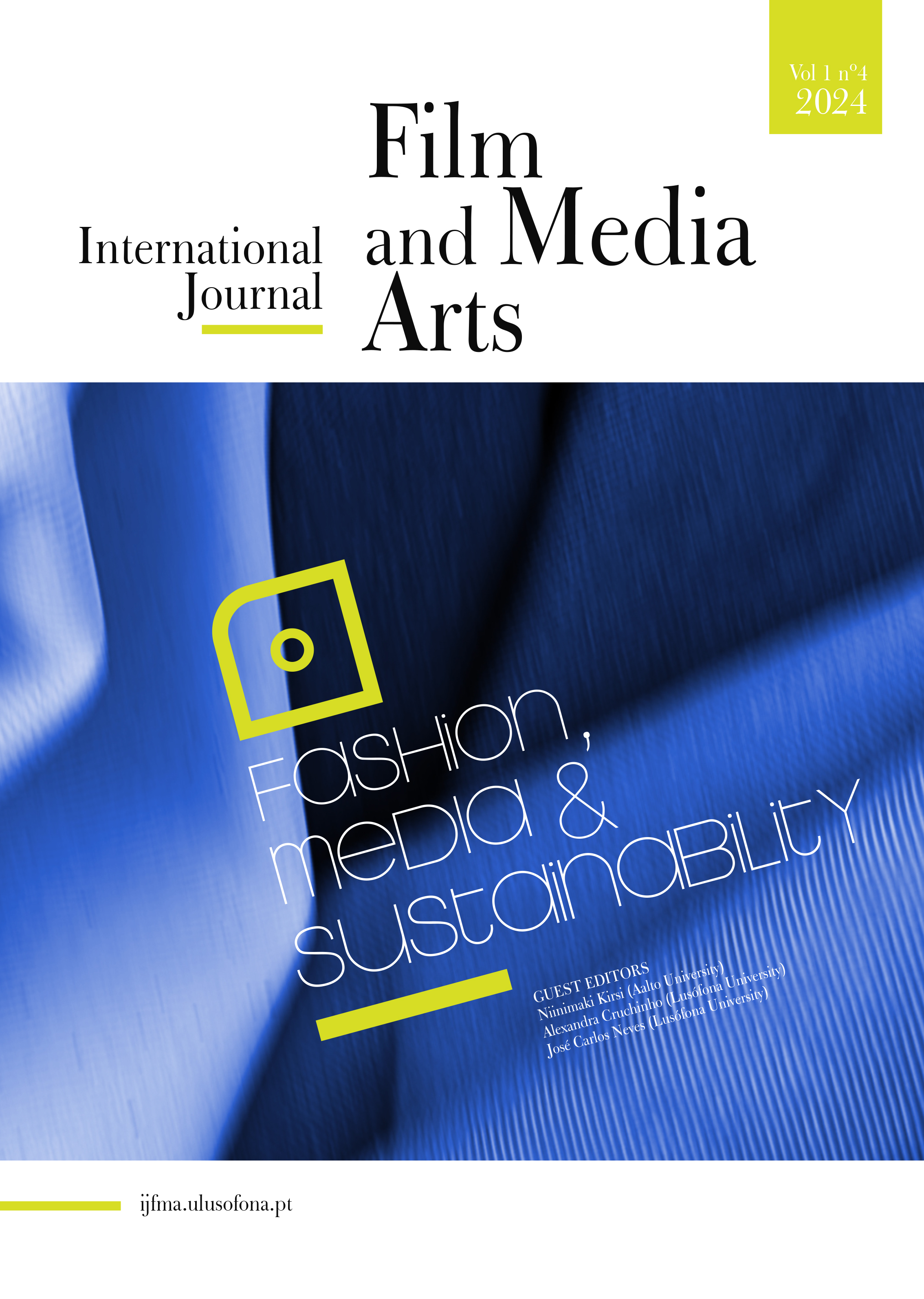Fashion Otherwise
Abstract
As we hurtle through the 2020s, the earth spinning on its axis at a calculation of 460 metres a second, we wrestle with the super-complexity of ecological, technological, political, social, and economic entanglements. With our multiple frames of understanding in a more than human and unknowable world, this can be exciting and daunting. How we perceive, imagine, know, and interact in the world, involves a sense-making through an unravelling and embracing of ideas and contexts. We are in a state of profound epistemological and ontological crisis described by Bateson (1972), Guattari (2014), Harraway (2016), Escobar (2017) and Akómoléfé (2013) with symptoms and signs of the self-harm that parts of humanity are inflicting on humanity itself and on all life forms. Fashion demonstrates this self-harm in arresting and imbalanced ways, the fashion consumption carbon footprint target for 2030 is exceeded in 14 of the G20 countries. On average, the fashion emissions per capita of the richest 20% were 20 times higher than the emissions of the poorest 20%. This ratio varies substantially across countries, consistent with levels of income inequality (Luca Coscieme et al., 2022).
Fashion’s habits of self-harm have become normalised. Letting go of bad habits is difficult but might be humanity’s greatest demonstration of commitment to life and the ability to imagine otherwise, beyond the dominant current status quo and received wisdom. Humans are a social species, without a togetherness, with other humans and other forms of live, we can’t exist. Our being is relational; as individuals, species, and societies, we are embedded in the cyclical processes of nature. This lies at the heart of our ability to thrive.
Copyright (c) 2024 International Journal of Film and Media Arts

This work is licensed under a Creative Commons Attribution-NonCommercial 4.0 International License.











